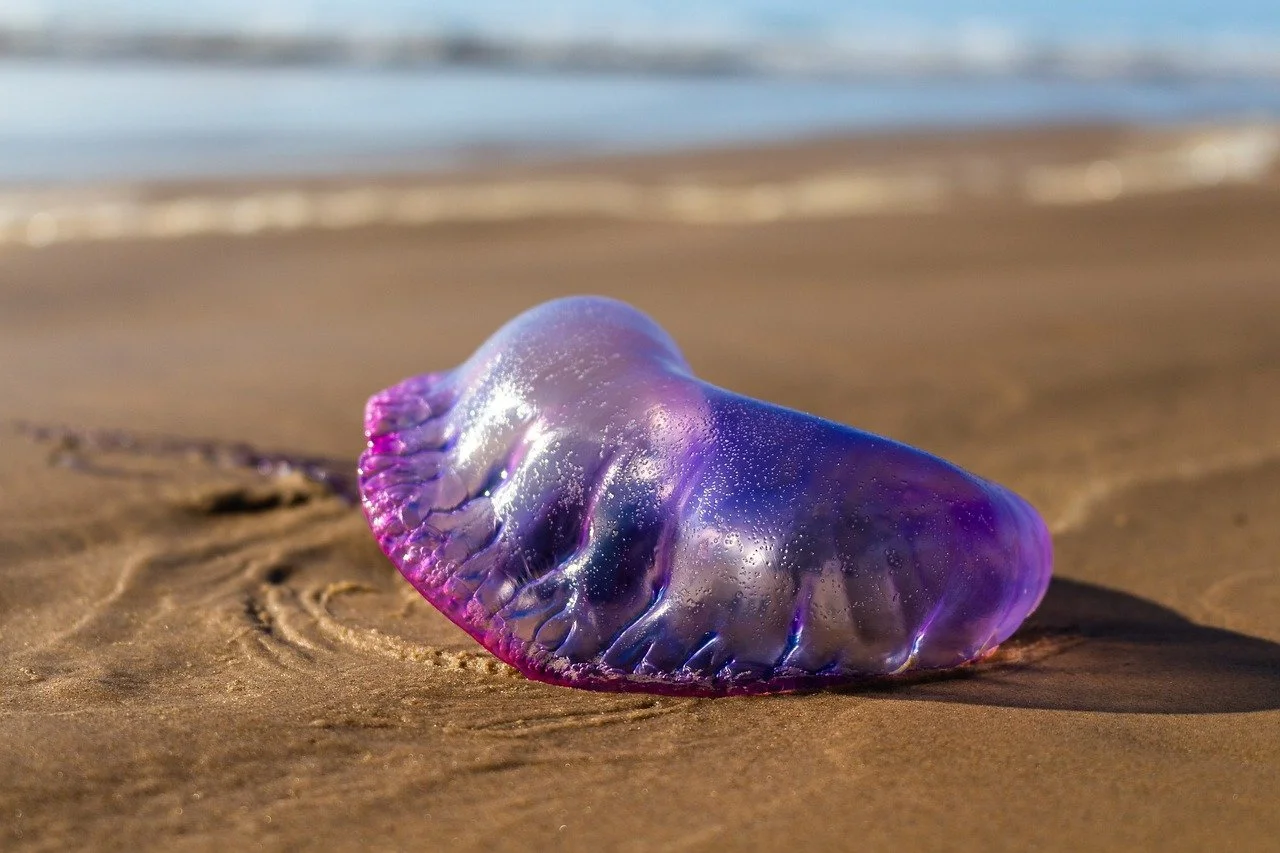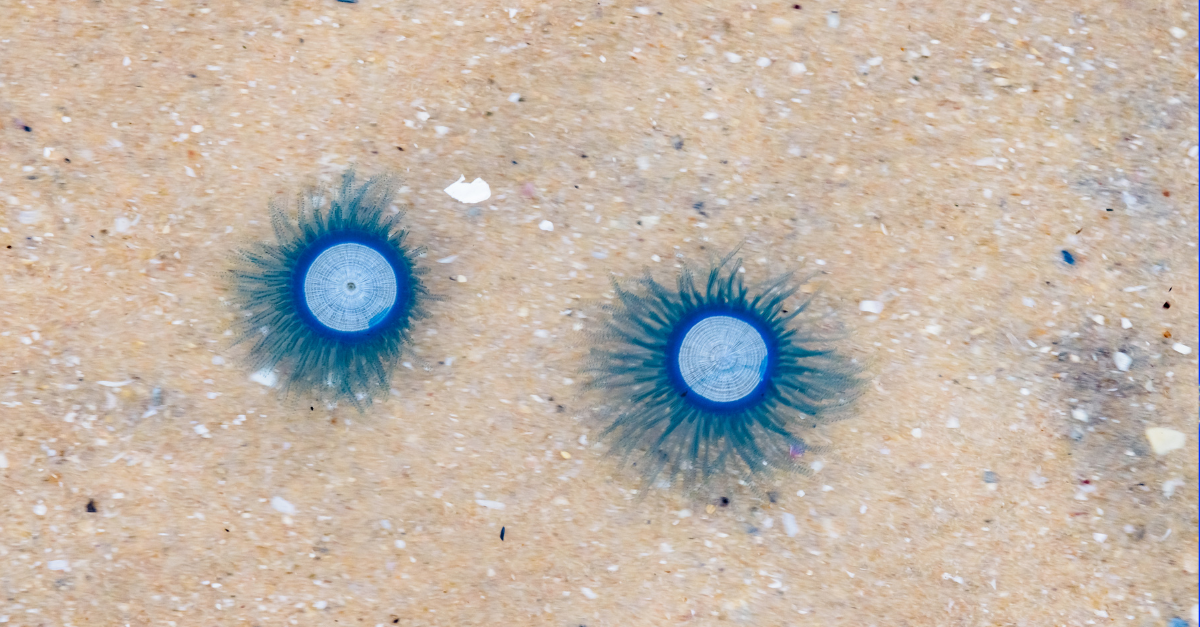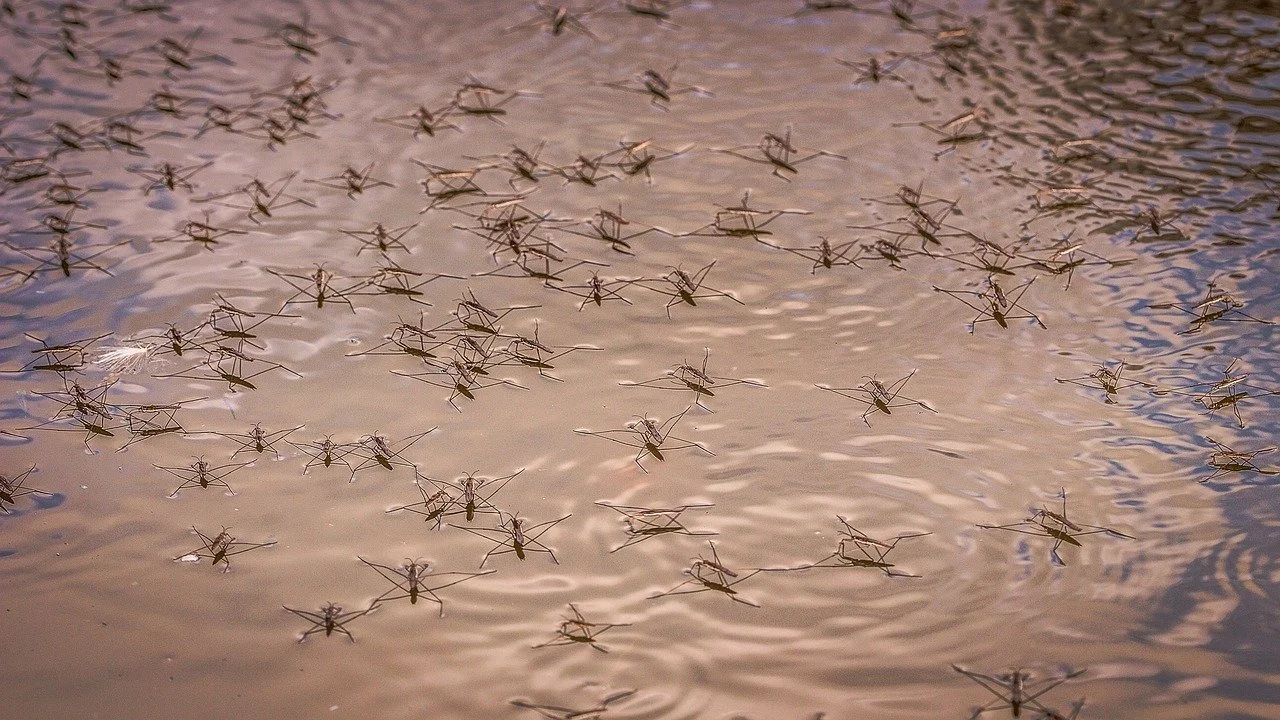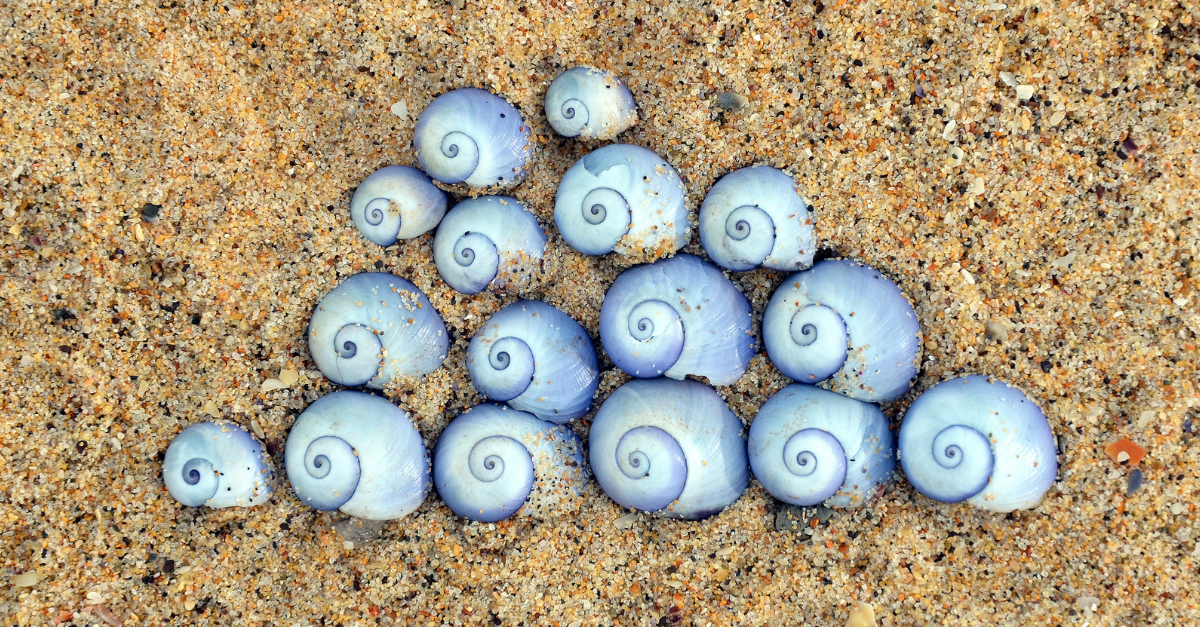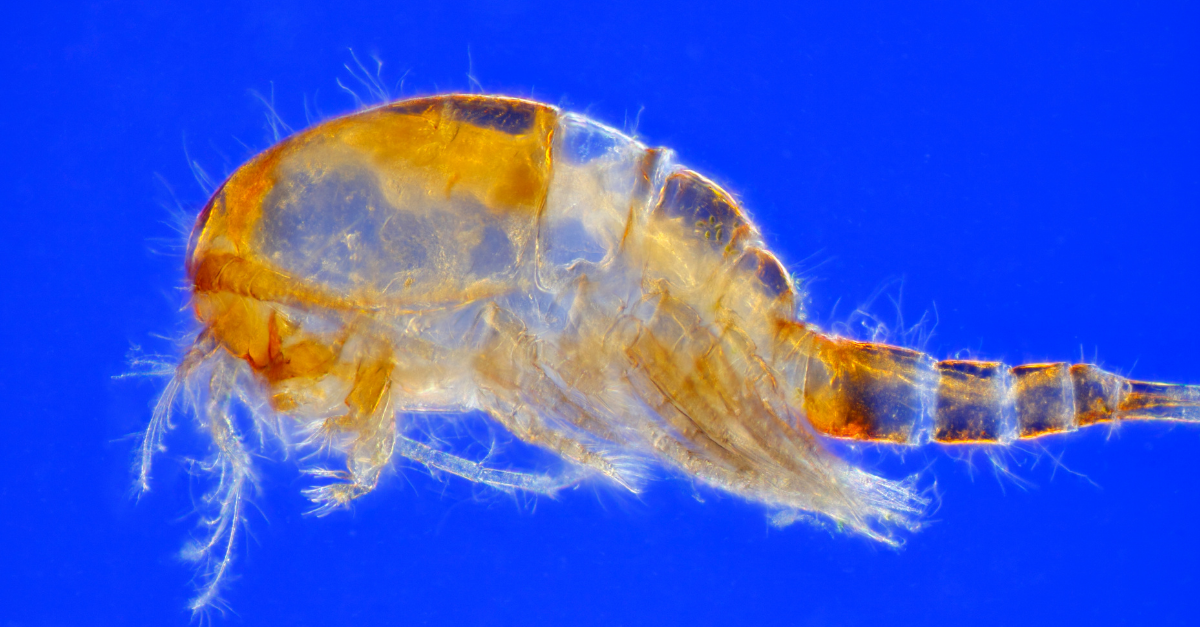Neuston: What lives in our Ocean Garbage?
Our oceans are facing a crisis. An estimated 199 million tons of plastic are estimated to be in our oceans, with more being added every day. While some of the effects are already being felt, there are still many unanswered questions about the current and long-term impacts of macro and microplastics to marine species and the ocean ecosystem.
Innovative methods of microplastic quantification are helping us gain a better understanding about how plastics are distributed throughout the ocean. One thing we do know though, its that a large amount of human refuse in the ocean has accumulated into five massive plastic gyres. The Great Pacific Garbage Patch, the largest of the bunch, is three times the size of France. Each of these gyres is unique and the combination of physical and oceanographic forces that form them vary. But their existence is largely attributable to the strength and direction of ocean currents.
What does this mean for organisms that also follow the flow of ocean currents?
Believe it or not, there are a number of organisms in the ocean that cannot swim. Rather, they float. As such, they are similarly carried to the same places where our ocean garbage ends up. Beyond that, there are many organisms, neuston we call them, that live at or just below the surface of the ocean.
We know that neuston play a key role in energy transfer and marine food webs. But as we continue to exploring the floating continents, more and more scientists are calling attention to and asking questions about the critters that live on and around these plastic masses.
Why are they there? How does plastic interfere with their ability to perform their ecosystem function? How should their presence inform clean-up efforts?
If you would like to discover more about the current state of knowledge about ocean plastic gyres, neustonic communities, and their interactions, I can point you to a recent episode of Plastic Podcast where I spoke to Dr. Mark Gibbons, a conservation biologist at the University of the Western Cape in South Africa. Together we discussed the role of neuston in the ecosystem and an ocean expedition he led through the South Indian Ocean Subtropical Gyre to count the critters he came across.
The point of this article is just to learn a little bit about these creepy little critters called neuston. Below you will find 6 examples of neuston and you’ll learn something about them too.
Portugese Man of War (Blue Bottle)
Image by Sergio Serjão from Pixabay
Often mistaken for one organism, this is in fact a colony of many animals living together. Similar to a coral which is made of many polyps, a Portugese Man of War is made of zooids, which despite being genetically identical, serve different functions such as digestion, reproduction, and hunting prey. The largest of these Blue Bottles, as they are also sometimes called, can have tentacles surpassing 50m, taller than the Parisian Arc de Triomphe.
2. Blue Buttons (Porpita)
jellyfish Porpita Porpita by Bruskov from Getty Images
Blue buttons are ocean flaneurs. Instead of swimming, they float alongside the current to wherever it decides to take them. They are also hermaphroditic and do not require a partner to reproduce. Blue buttons have both male and female sex organs that release both sperm and egg into the surrounding water. There, fertilization takes place and a larva is formed.
3. Nudibranchs
Image by joakant from Pixabay
Nudibranchs (said NOODIE - BRANKS) are a group of animals sometimes known as sea slugs. There are over 3,000 different species that can call themselves nudibranchs. Many of them take shelter from shells at various points of their life. Some of them get their colorful palettes from the colorful coral they consume. This allows them to disguise themselves as their own prey from those who might pretty on them.
4. Sea Striders
Image by ddzphoto from Pixabay
Sea striders are considered to be one of the only truly marine insects. They distribute their body weight and rely on the surface tension of the water to walk from place to place. Dr. Mark Gibbons explained in a recent interview for Plastic Podcast that they also lay their eggs on the surface of the water or floating wood, algae, or other debris. Increasingly, they lay their eggs on floating plastic. The potential consequences or benefits of this interaction for the species remain unclear.
5. Janthina Janthina
Violet Sea Snail shells (Janthina janthina) by KarenHBlack from Getty Images
Sometimes referred to as the violet sea snail, janthina janthina float along the surface of the water on a raft of air bubbles, bound by mucus they secrete from their feet. They also spend their lives at the mercy of the wind, as adults cannot swim. The sea snail also feeds on the blue bottle porpita above.
6. Copepods
Microscopic view of freshwater copepod (Cyclops) by buccaneership from Getty Images
Copepods vary greatly in size. The largest can reach 32cm in length while the smallest are no bigger than 0.2mm. They are also incredibly fast swimmers. These tiny critters can cover up to 90 meters in an hour. If they were the size of a human, it would be like swimming 50mph.
Conclusion
Ocean life is really interesting. Each one of these fun facts is the result of a rigorous and unyielding process of natural selection. At some point, all adapted traits are prompted by an envionmental pressure, and each of these organisms have evolved to be best fit in the environment as it is. When a new pressure, especially one as large as ocean plastic, is introduced, everything is subject to change. It’s too early to know what plastic polllution will mean for the fate of neuston alongside a host of other marine species and we find ourselves with fertile ground for research. If you are interested in hearing from scientists around the world and learning more about our current state of knowledge around the impacts of plastic on neuston and a range of other environmental concerns, tune into Plastic Podcast wherever you stream.
